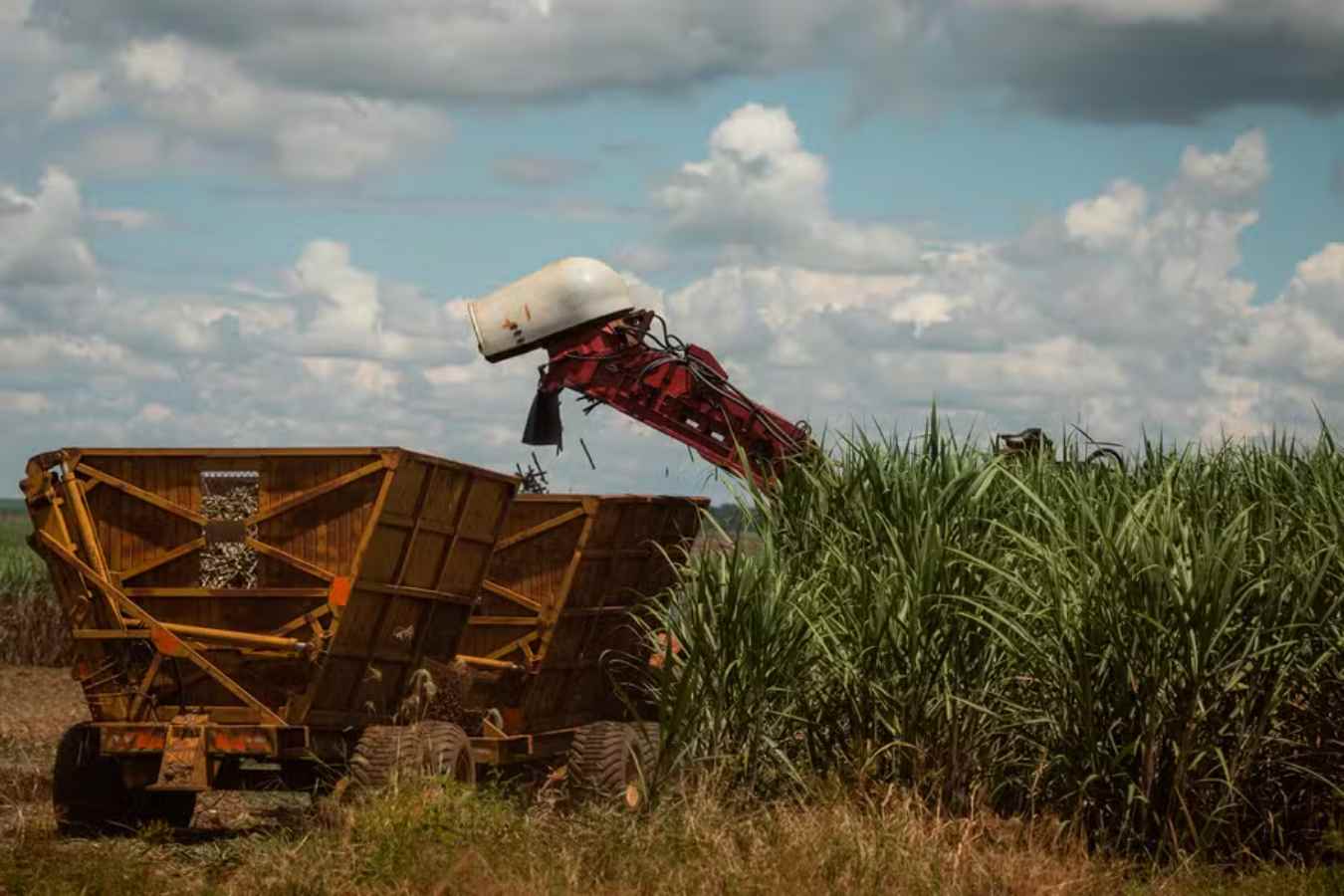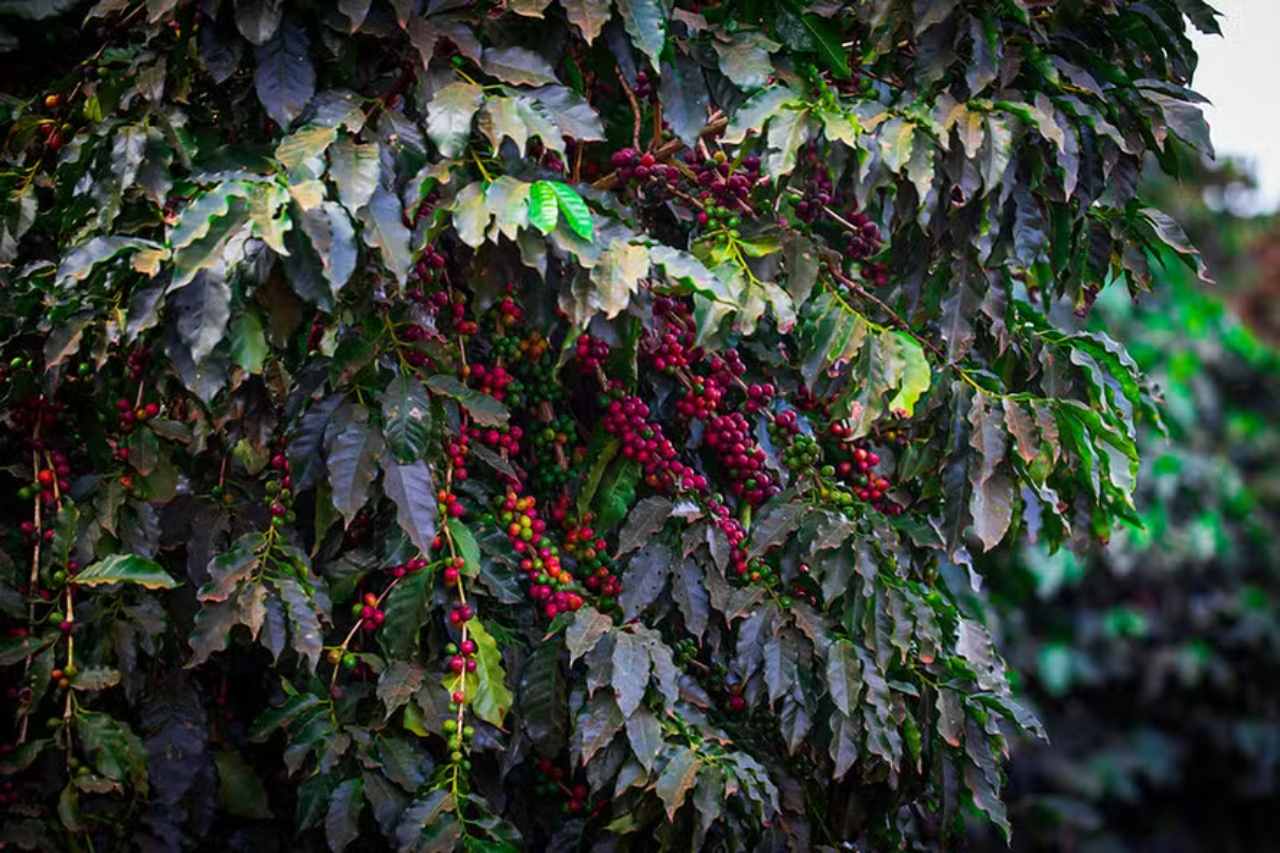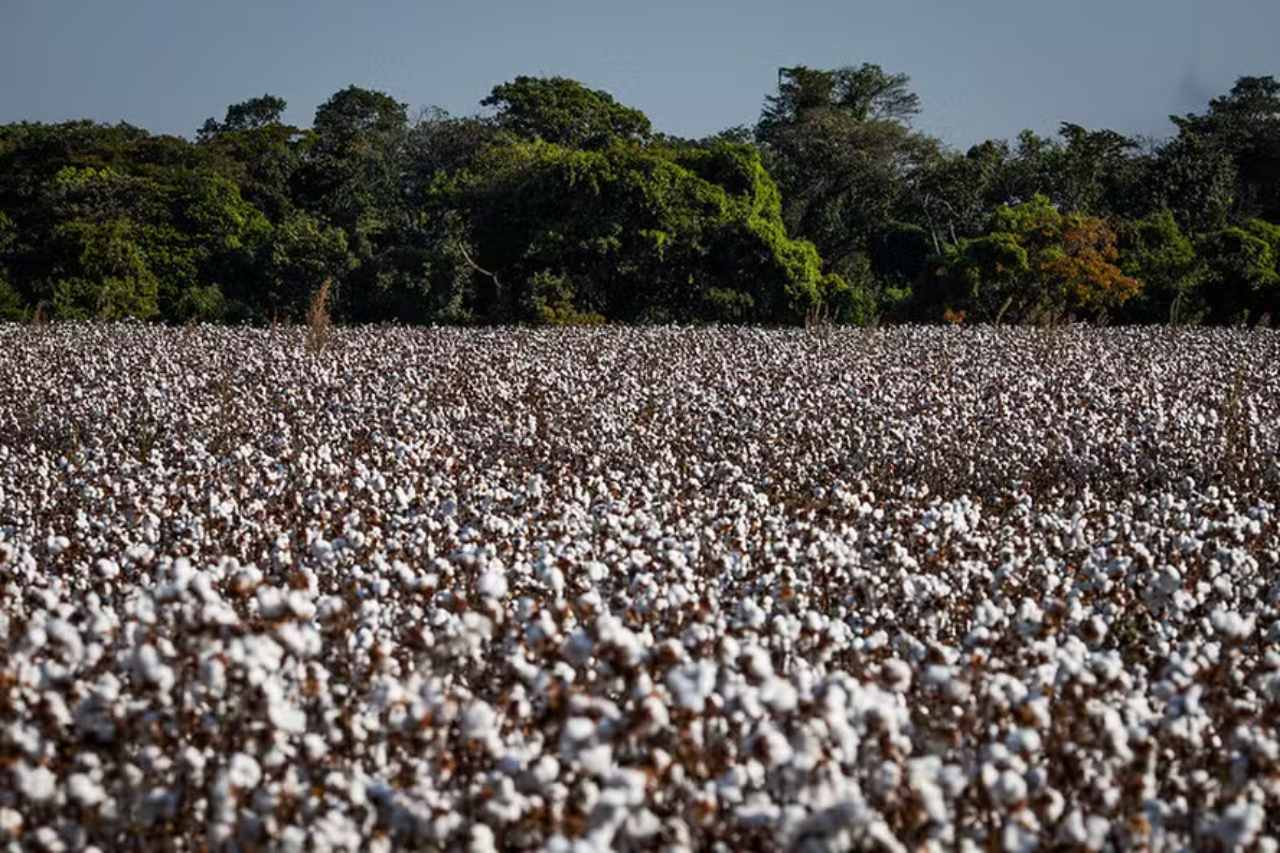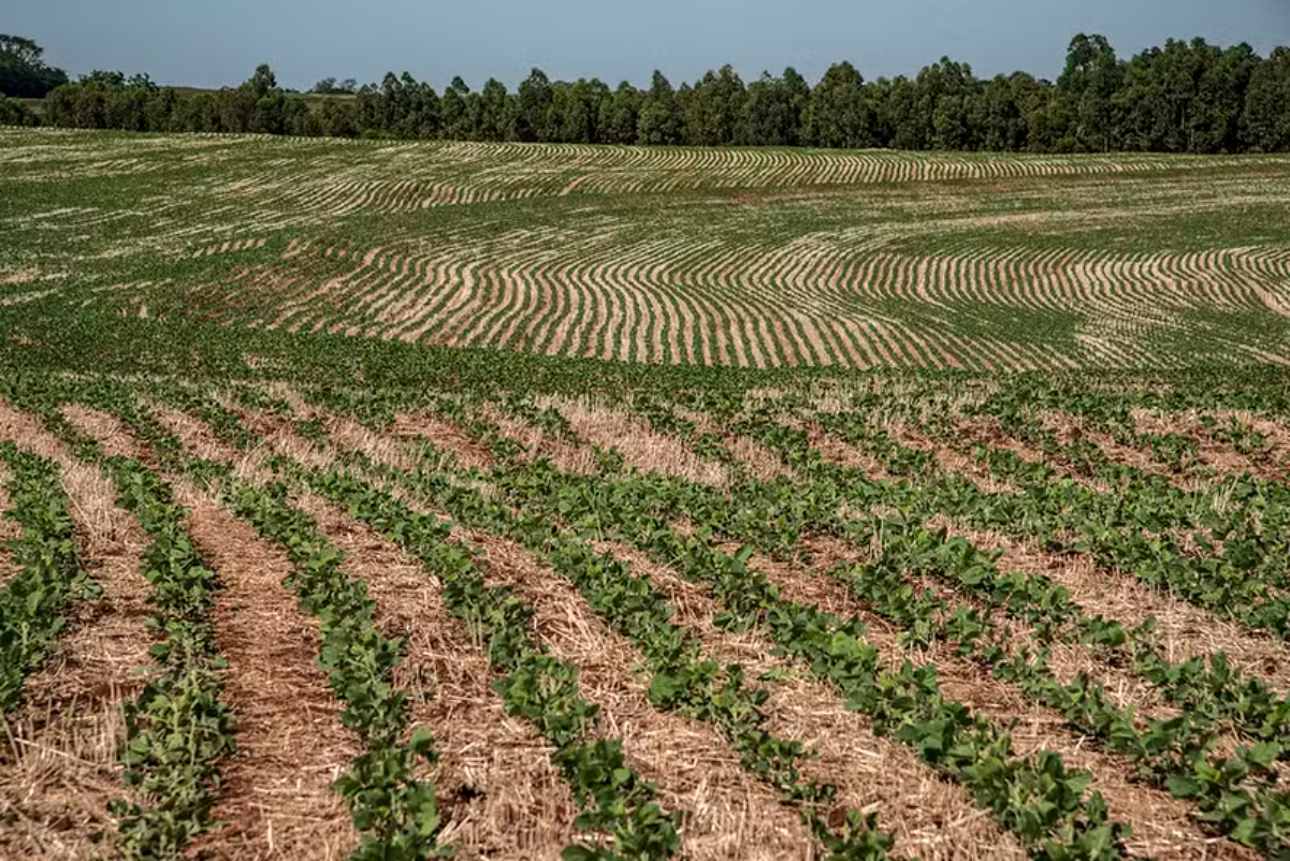Sugar Production Rises, but Ethanol Output Declines
The sugarcane milling in the North and Northeast regions of Brazil increased by 1.9% in the 2024/25 harvest compared to the figures recorded through the second half of September 2023. The total processed volume reached 16.80 million tons, up from 16.48 million tons in the previous cycle, according to data from the Association of Sugar, Ethanol, and Bioenergy Producers (NovaBio).
Sugar production in these regions totaled 719,000 tons as of September 30, compared to 596,000 tons in the same period of the 2023/24 harvest—an increase of 20.6%.
However, ethanol production experienced a decline. Anhydrous ethanol production dropped by 30.3%, from 439 million liters in the previous season to 306 million liters. Combined production of anhydrous and hydrous ethanol in the North and Northeast regions reached 793 million liters, representing a 2.4% decrease.
Despite the decline in ethanol output, physical ethanol stock—accounting for both anhydrous and hydrous types—rose to 345.9 million liters, 26.7% higher than the 273 million liters stored in the second half of September during the last harvest.
According to NovaBio, 18% of the 2024/25 harvest has been completed in the North and Northeast regions. Renato Cunha, NovaBio’s executive president, stated that while rainfall was reasonable between April and July, August and September were notably drier.
Cunha stressed the importance of ensuring that the sugarcane harvested from now through November maintains stable ATR (Total Recoverable Sugar) levels.
“In coastal sugar-producing states such as Pernambuco, Alagoas, and Paraíba, the recent decline in rainfall could affect productivity. It is crucial to account for the substantial amount of sugarcane still to be harvested and processed between October and December, and potentially into January and March 2025, should weather irregularities persist,” Cunha said.
Cunha, who also serves as president of the Sugar and Alcohol Industry Union in Pernambuco (Sindaçúcar/PE), estimates that in the current harvest, 49% of the total sugarcane processed by mills in the North and Northeast will be allocated to sugar production, while 51% will go toward ethanol.





